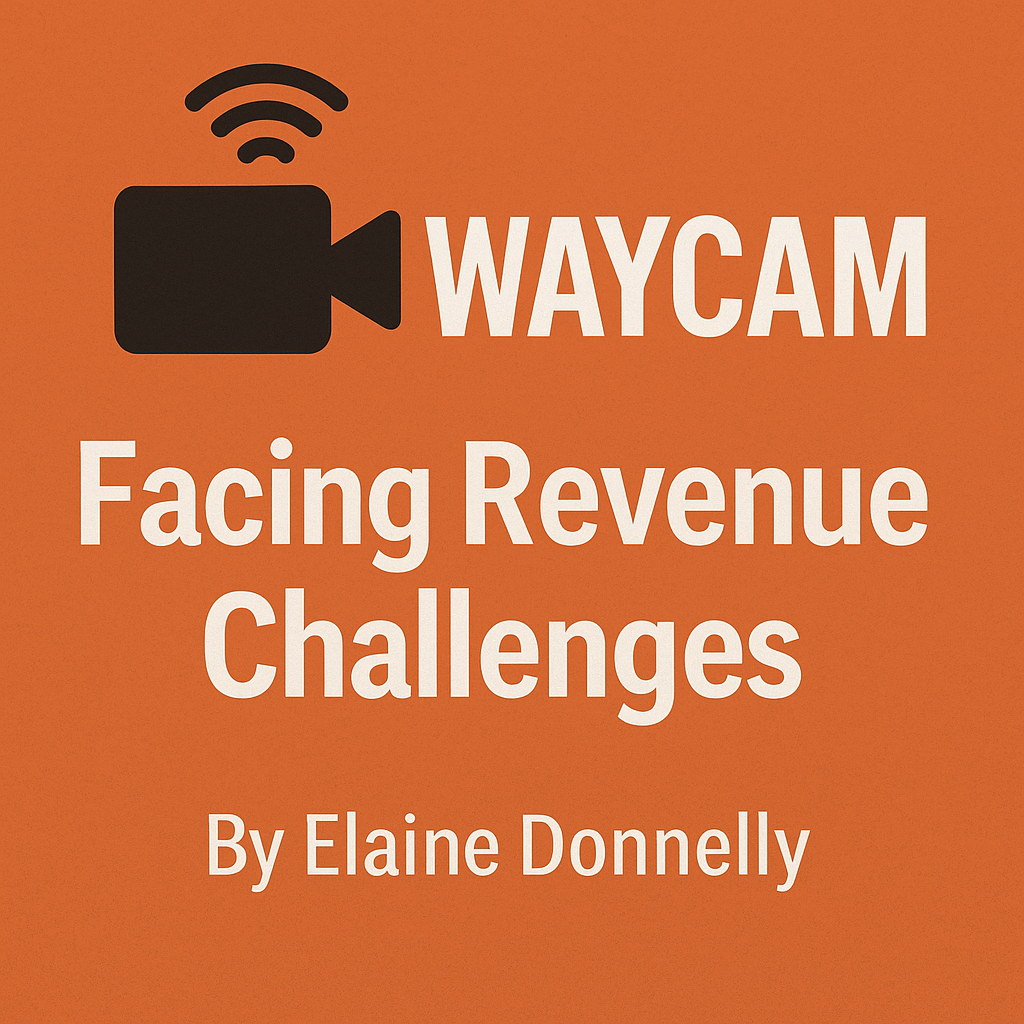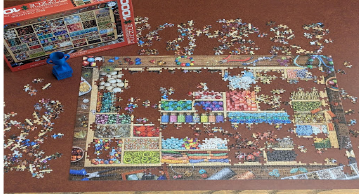By Elaine Donnelly
The Wayland Community Access Media, Inc. (WayCAM) has a mission “to provide a non-profit, electronic forum for the free exchange of information and ideas which reflect the talents, skills, interests, concerns, and diversity of the Wayland community.”
WayCAM services over the past 40 years include documenting government meetings, managing equipment and facilities, training residents and employees, and providing broad resident access to media content and production. It is a bridge to home-grown news, local transparency, and essential community building.
However, every year more people cut the cable cord. With fewer subscribers, WayCAM’s primary support – cable company franchise fees – is cut in equal measure. Between 2017 and 2025, WayCAM lost $300,000 in revenue directly due to decreases in Comcast and Verizon network subscribers in Wayland.
Over this same period, however, WayCAM viewership online has grown. In 2025, WayCAM online programs tracked 81,000 views, compared with 12,000 in 2017. This coincides with an increase of 300 more programs that were produced in 2025, despite a 25% reduction in staff due to funding constraints.
WayCAM continues to doggedly document and broadcast local events, however, as current trends continue WayCAM may have to reduce staffing to two people in 2026. That will cut its programming and broadcasting capabilities drastically. Other towns face similar challenges and are finding ways to address the shortfall. Lexington supplemented their respective loss of funds through a new line item in the town’s budget, including $100,000 in FY2025 and $200,000 in FY26.
Wayland’s state legislators recognize this crisis is unfolding across the state: “There is a heightened need to protect our communities’ access to local media sources, especially with the decline of cable subscriptions and the subsequent loss of funding for these local sources, which are critical for promoting transparency in local government procedures and processes,” said State Rep. David Linsky (D-Wayland).
WayCAM is developing a mix of subscriptions, advertisements, sponsorships, sales, and donations to compensate for lost cable revenue. In 2023, WayCAM and the Select Board negotiated a municipal annual $30,000 streaming fee, to be revisited in five years. This town-wide support covered online access for all town and school employees, students and volunteers through WayCAM’s on-demand streaming services.
It mirrors the WayCAM subscription services model, but at a reduced rate. Last year, the Town provided this support, but unfortunately, WayCAM was informed that there was no room in the budget for this partnership for the current year.
As part of the Massachusetts legislative docket, Bill H.106, sponsored by Veira (R- Falmouth), would “establish a comprehensive statewide policy concerning streaming entertainment services and the recovery of municipal costs for the management and maintenance of digital infrastructure,” https://tinyurl.com/wp-WayCAMbill
The bill would enable entities like WayCAM to access funding through internet subscription services, which use similar right-of-way access in municipalities across the state. It would essentially follow the shift from cable to internet services that the companies are pursuing, leveraging their already acquired town access.
Wayland State Rep. David Linksy and Carmine Gentile are both in favor of this measure, with Gentile sharing his support for “H.106 to maintain and grow local town and city broadcasting of community events, public meetings, and enabling people in the community to share information with others. These local stations are essential in a time when most of our local newspapers are either gone or a skeleton of their former selves.”
Residents can help by letting their elected officials, both town and the state, know the value of WayCAM. Supporting WayCAM through donations, memberships, or even producing shows will help, too.
40 years ago the Federal Communications Commission required that new cable companies, in exchange for running cable lines through residential areas, must provide a community programming facility for public, educational, and governmental (PEC) access channels, including training and studio personnel. Wayland negotiated for access cable television and created WayCAM. A small portion of town cable subscriber fees were carved out to sustain its operations.
Today, WayCAM, with its WHS student-designed logo, provides a lot more than cable channels. Camera and audio equipment is embedded in schools, library, public buildings, and athletic fields for live streaming and recordings. The WayCAM studio provides a green room, editing room, and training for any resident or town employee. The online access to programming through www.waycam.tv has become an essential part of how our town stays informed and connected.












